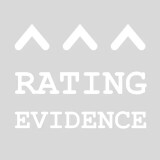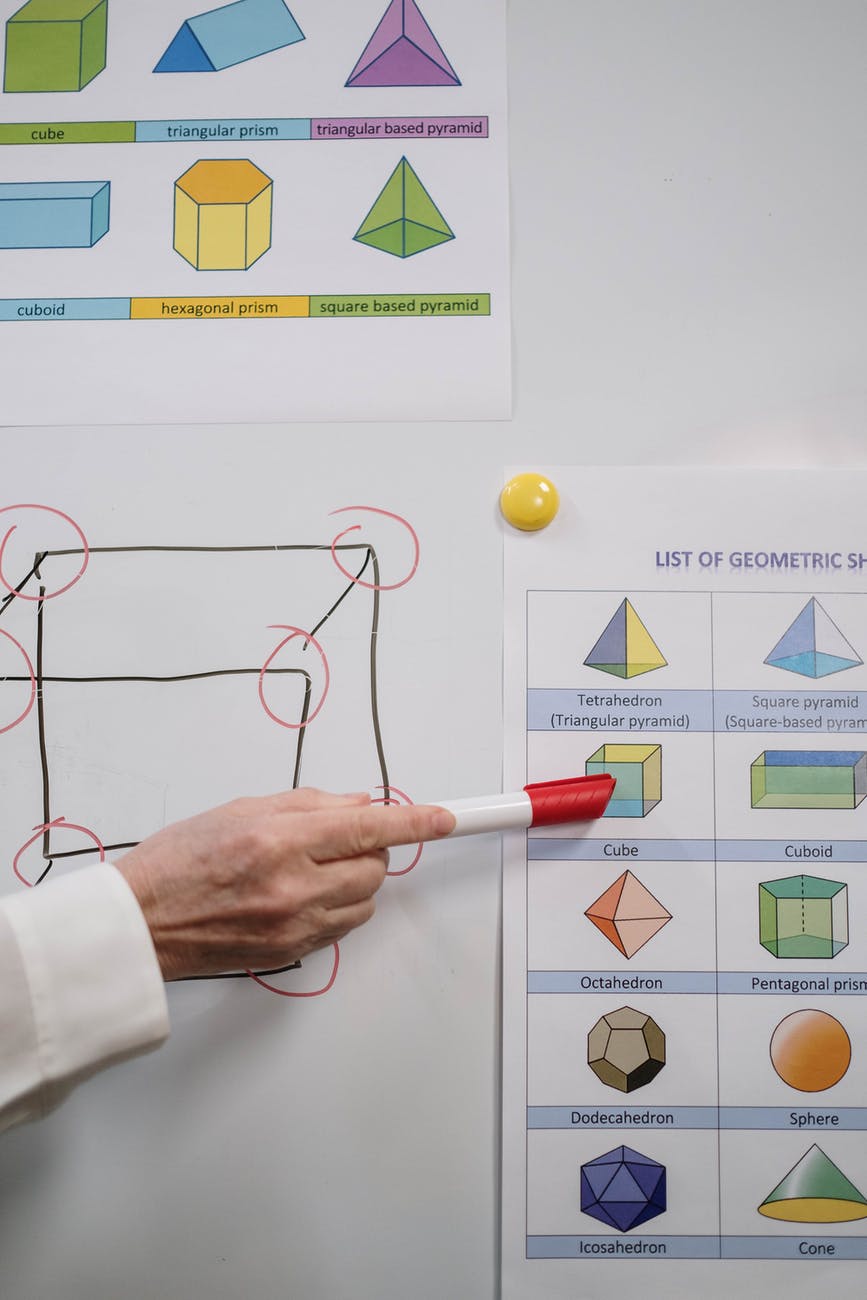A new risk class methodology with seven risk classes (RK1 to RK7 similar to MiFiD II or SRRI) and at the same time emancipation from the dogma of “historical volatility” should determine the risk ratings of the DEXTRO Group in the future, which will continue to be based on the pillars of forecast risk / return volatility, capital loss probability and total loss probability.
The current concept of the SRRI (Synthetic Risk and Reward Indicator) provides for seven risk classes. The SRRI provides the risk and reward indicator for mutual funds and is a helpful metric for investors.
According to the requirements of the small investor protection and the European legal regulations, fund companies have to show the risk indicator. In Germany, this is usually done in the sales prospectus or other sales documents of a fund, especially in the so-called “key investor information” (“WAI” or “KIID”).
This approach is considered sensible and welcomed by the DEXTRO Group. The DEXTRO Group is adapting the risk classification accordingly. The new regime from January 2022 offers a differentiated view with seven levels compared to the previous WpHG standard with five risk classes.
The process of risk classification of financial investment products (e.g. AIF participation, equity ETF, bond or subordinated loan) is analogous to the rating process and is based on its results. In contrast to the rating determination, however, the risk classification focuses on the consideration of the risk components of an investment product and subjects these to a comparison with the typical financial investment products of the respective risk classes.
Previously: WpHG risk classes RK1 (very low) to RK5 (very high)
New: DEXTRO Group’s risk indicator in risk classes RK1 (lower risk to 7 (higher risk).
In the new regime of the DEXTRO Group, the classification for funds without historical data is not limited to risk classes RK5 to RK7. In particular, the characteristics of the categories of capital loss and total loss probability can be significantly differentiated between different investment products in the new RK regime with seven levels. Blind pool concepts without a track record of the asset manager are primarily to be expected in risk class RK6.
Various variables form the core of the risk classification as criteria and have an influence on the end result:
Subscribe to get access
Read more of this content when you subscribe today.




















Leave a comment